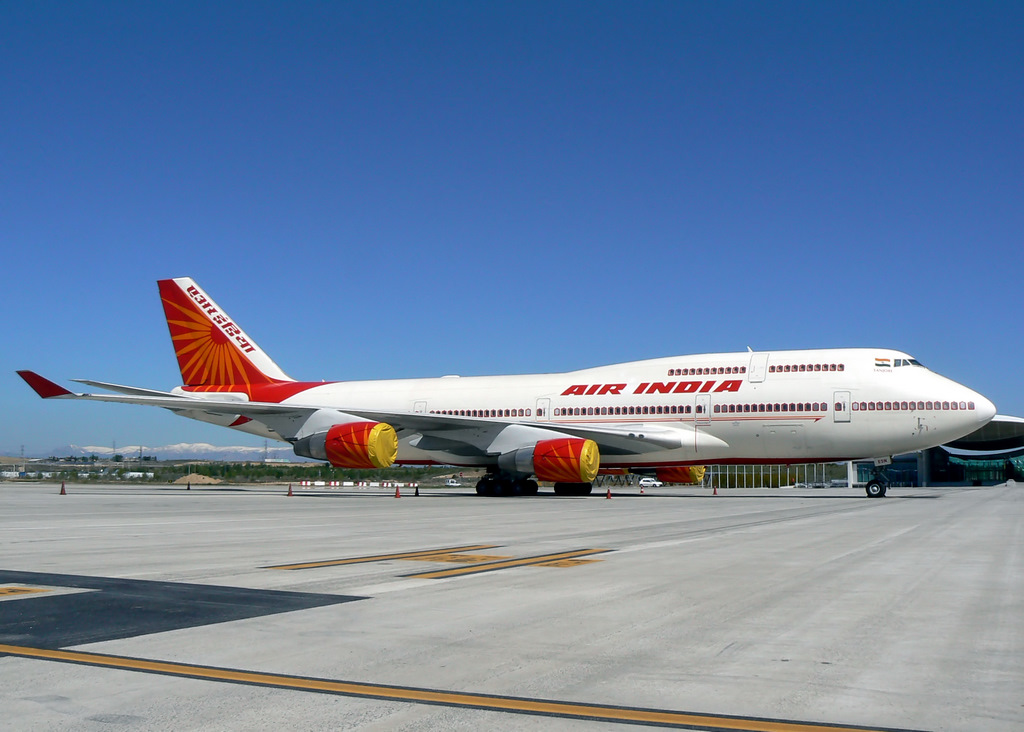
Indian Railways, the country’s largest employer, recently advertised for 90,000 vacancies. It got over 2.8 crore applications for it.
My calculations suggest that the number of applicants is around one-fifth of India’s youth workforce, which is actually looking for a job.
Nearly two lakh people applied for 1,137 constable vacancies in Mumbai Police. A newsreport suggests that this included 167 MBAs, 423 Engineers and 543 postgraduates. There were 3 individuals with an LLB and 167 individuals with a Bachelors in Business Administration, on the list.
Sometime back,129 engineers, 23 lawyers, a chartered accountant and 393 postgraduates in arts, were among the 12,453 individuals who were interviewed for the job of a peon, in the Rajasthan Assembly Secretariat. In total, 18 posts were to be filled up.
In May last year, nearly 25 lakh individuals wrote the exam for 6,000 Group D posts on offer in the West Bengal government.
There are many other such examples, which have been popping up over the last few years. The moment a government job is advertised, a huge number of people apply for it. The question is why?
India is currently going through a phase, where its working age population is growing at a faster rate than the overall population. This is thanks to the fact that people are having fewer children. Nearly a million Indians are entering the workforce every month. This amounts to nearly 1.2 crore a year, or around two and a half times the population of New Zealand.
This stage in any economy is referred to as the demographic dividend. As people enter the workforce and find jobs, earn and spend, the economy grows at a faster rate than it has in the past, and pulls many people out of poverty.
Of course, this is how things are supposed to happen, in theory.
The fact that so many people are applying for government jobs suggests that there are not enough jobs going around for India’s demographic dividend. This is countered by the idea that not everyone applying for a government job is unemployed.
It is just that we Indians love the security of a government job and hence, the huge number of applicants.
Is that true?
India’s unemployment is best represented by the term underemployment. What does this mean? It means that everyone who is looking for work all through the year, does not find it.
Data from Annual Report on the Employment and Unemployment Survey suggests that only three in five Indians looking for a job all through the year are able to find it. This basically means that 40% of India’s workforce is unable to find work all through the year. We may call this underemployment, but this is nothing but unemployment.
Further, there is a huge amount of disguised unemployment in India’s agriculture sector, which produces around 12% of the gross domestic product, but employs nearly 46% of the workforce. Disguised unemployment essentially means that there are way too many people trying to make a living out of agriculture. On the face of it, they seem employed. Nevertheless, their employment is not wholly productive, given that agricultural production would not suffer even if some of these employed people stopped working.
A bulk of the Indian workforce is employed in the informal sector. Estimates vary from anywhere between 65% to 92%. And these individuals are badly paid. This is something that the government acknowledges as well. As the Economic Survey of 2015-2016 points out: “The informal sector should… be credited with creating jobs and keeping unemployment low. Yet, by most measures, informal sector jobs are much worse than formal sector ones—wages are, on average, more than 20 times higher in the formal sector.”
The point being that informal employment pays badly. The average daily earnings of a casual worker in rural areas in 2011-2012 was Rs 138. In urban areas, it was Rs 173. A regular worker made Rs 298 in rural areas and Rs 445 in urban areas. Now compare this with a worker of a central public sector enterprise, who made Rs 2,005 per day, apart from having a secure job and several other benefits. This basically means that a casual worker working in rural areas made around 6.9 per cent per day of what the worker of a CPSE made in 2011-2012.
There is no reason to believe that this would have changed by now. This clearly explains why Indians love government jobs. It takes away the insecurity of working for the informal sector and at the same time pays much better. Who wouldn’t apply for a government job in such a case?
Let’s look at a little more recent data.
As the Report of the Seventh Pay Commission, released in November 2015, points out: “To obtain a comparative picture of the salaries paid by the government with that in the private sector enterprises, the Commission engaged the Indian Institute of Management, Ahmedabad, to conduct a study. According to the study, the total [monthly] emoluments of a General Helper, who is the lowest ranked employee in the government, is Rs. 22,579, [which is] more than two times the emoluments of a General Helper in the private sector organisations surveyed, at Rs. 8,000-9,500.”
Hence, the IIM Ahmedabad study, “on comparing job families between the government and [the] private/public sector, has brought out the fact that… at lower levels, salaries are much lower in the private sector as compared to government jobs”.
As per the Report on the Employment and Unemployment Survey, nearly two-thirds of self-employed and contract workers, make up to Rs 7,500 per month or Rs 90,000 per year. The per capita income in 2015-2016, for which the above data is valid, was at Rs 1.07 lakh. This basically means that a bulk of India’s non-salaried workforce, earns a significantly lower income than the per capita income.
As far as the salaried workforce is concerned, around 38% of them make up to Rs 7,500 per month. Hence, the salaried part of the workforce is in a much better position. This clearly shows that there is an economic incentive for even the educated lot to apply for low-level government jobs.
India’s underemployment problem can be solved with more job creation in the formal sector, which isn’t happening. As per the Centre for Monitoring Indian Economy, in 2017-2018, Indian companies scrapped projects worth $ 117 billion, which is the highest number ever. 40% of these projects were dropped in the period January to March 2018.
In such a situation, how will formal jobs ever be created?
The Economic Survey summarises it best: “The challenge of creating ‘good jobs’ in India could be seen as the challenge of creating more formal sector jobs.”
The column originally appeared on Firstpost on April 24, 2018.




